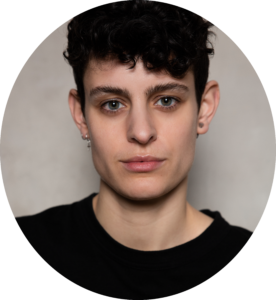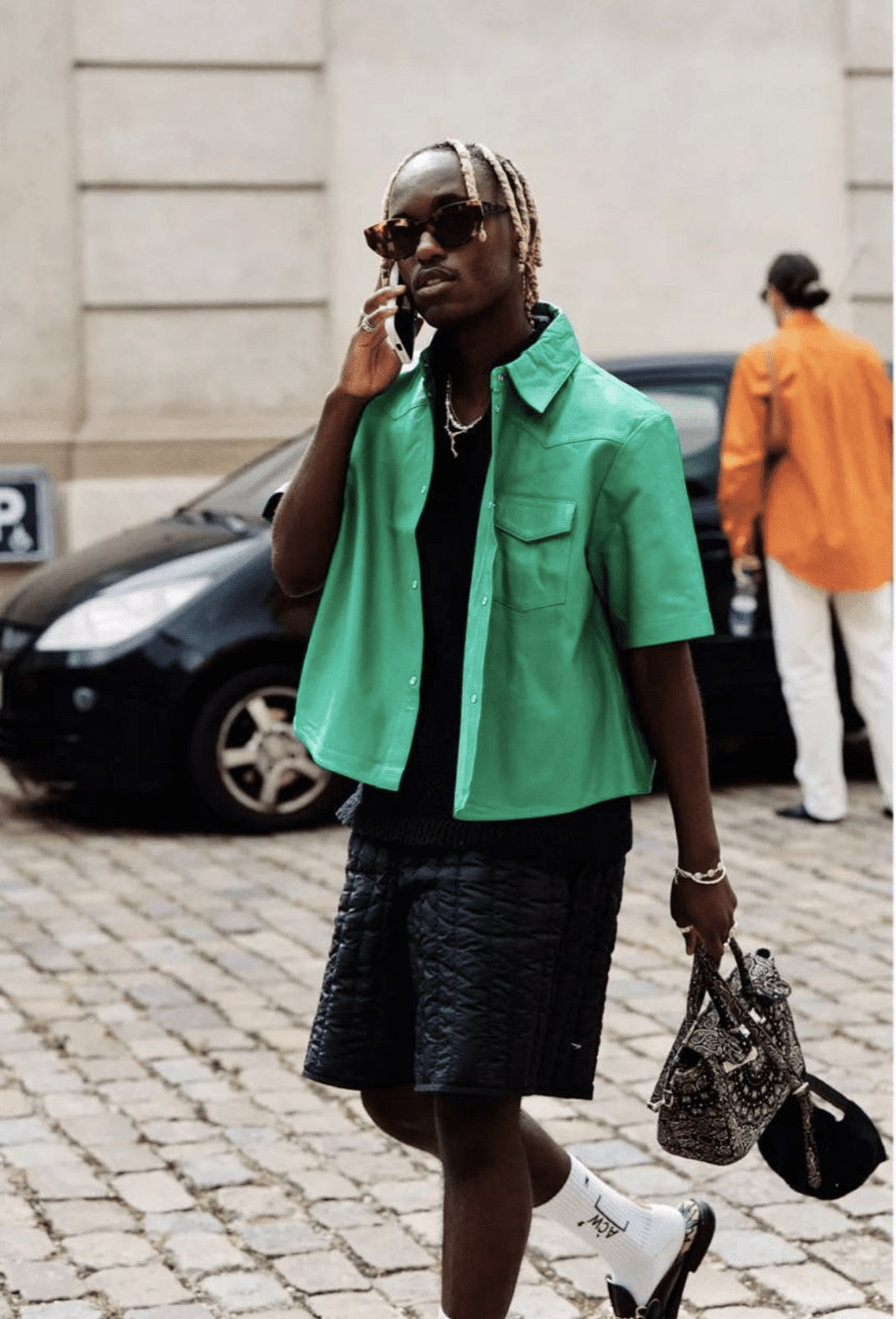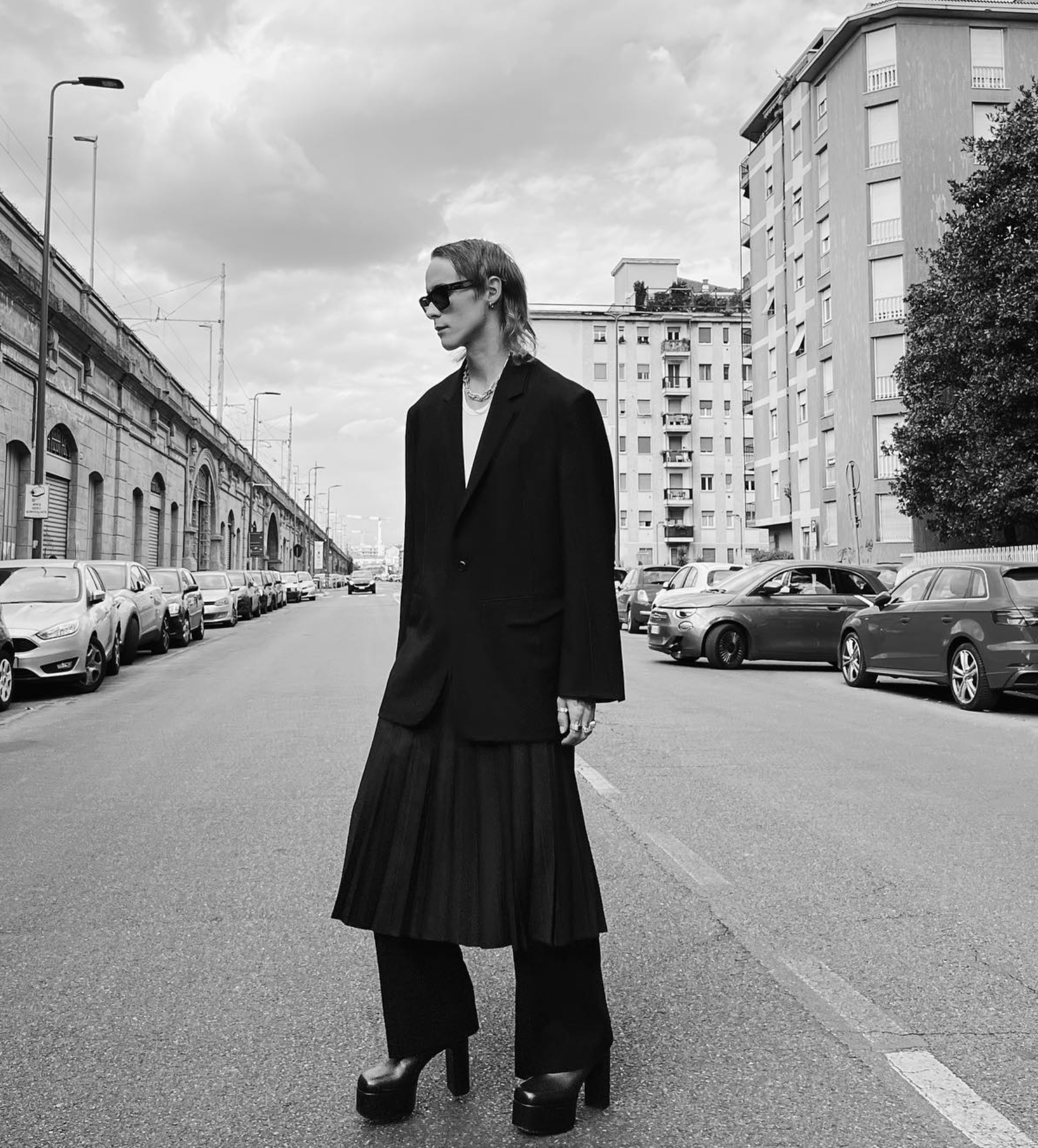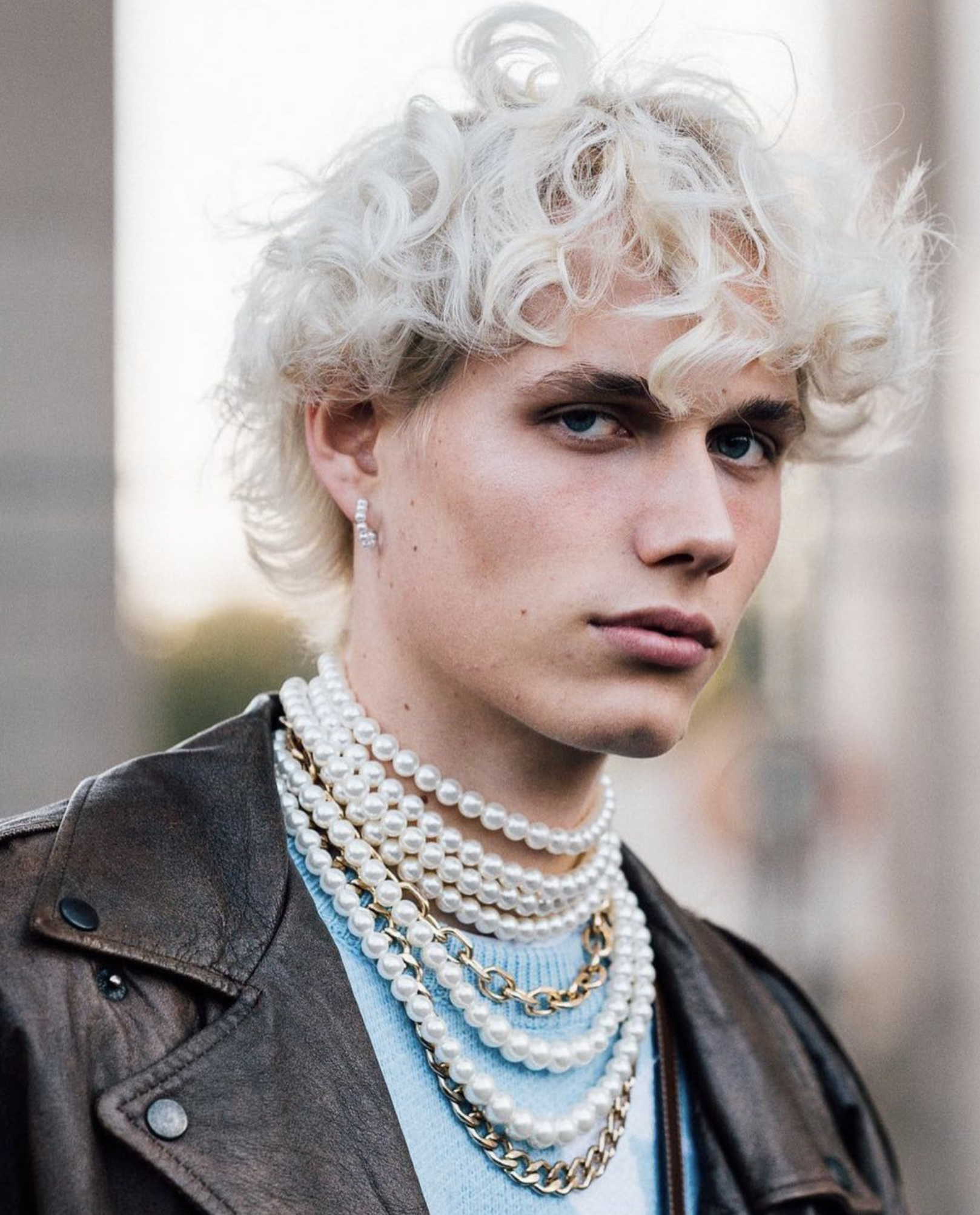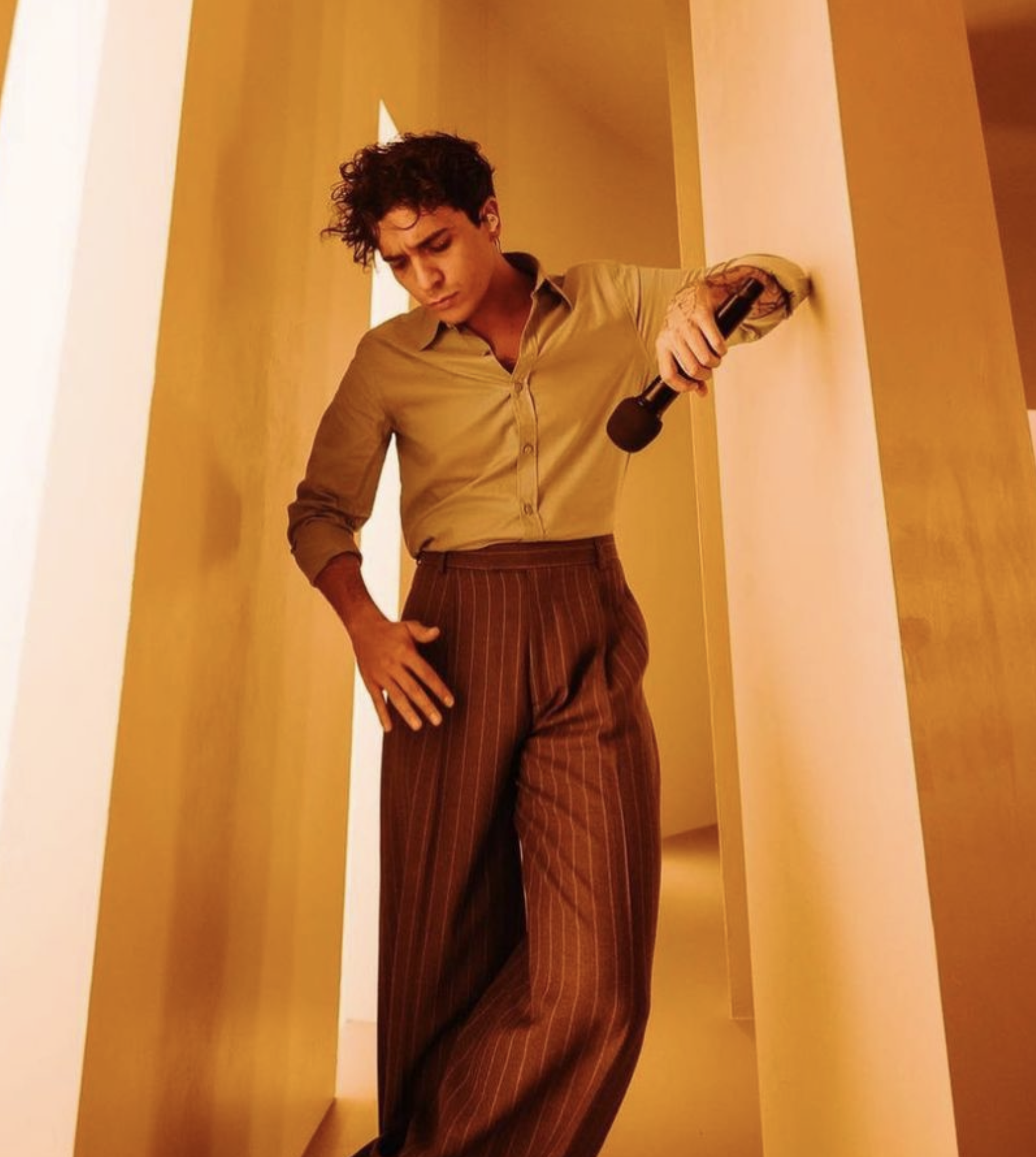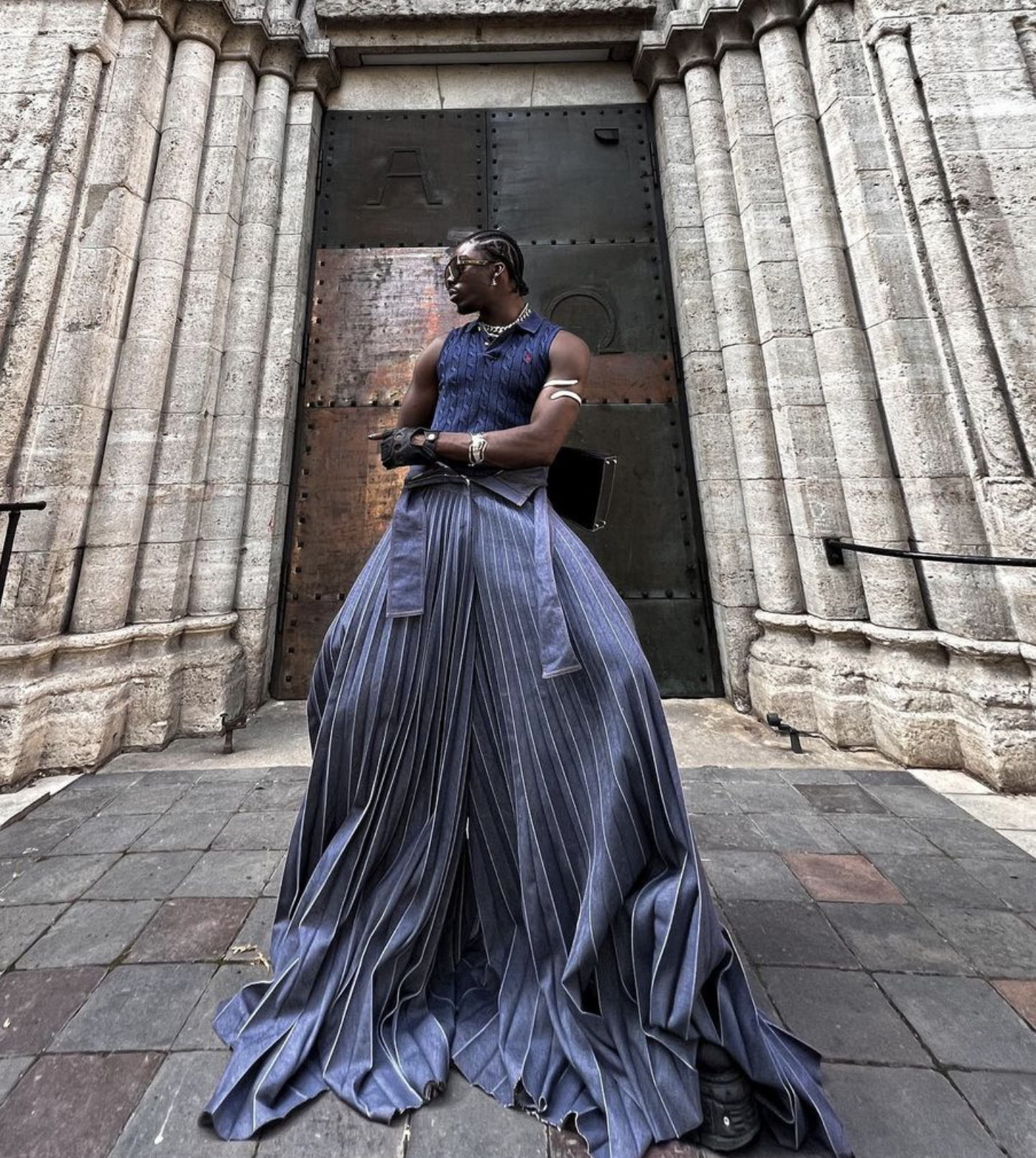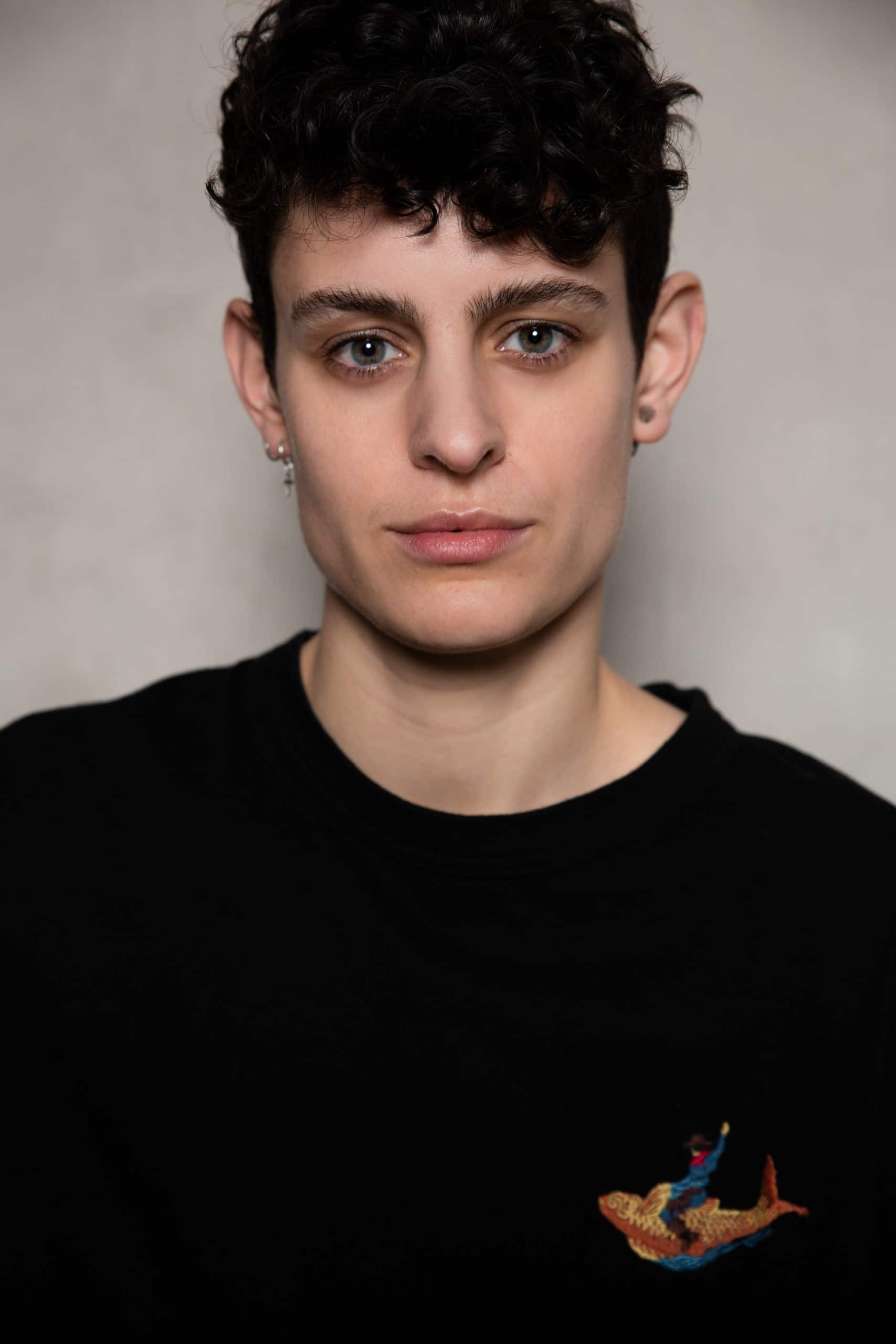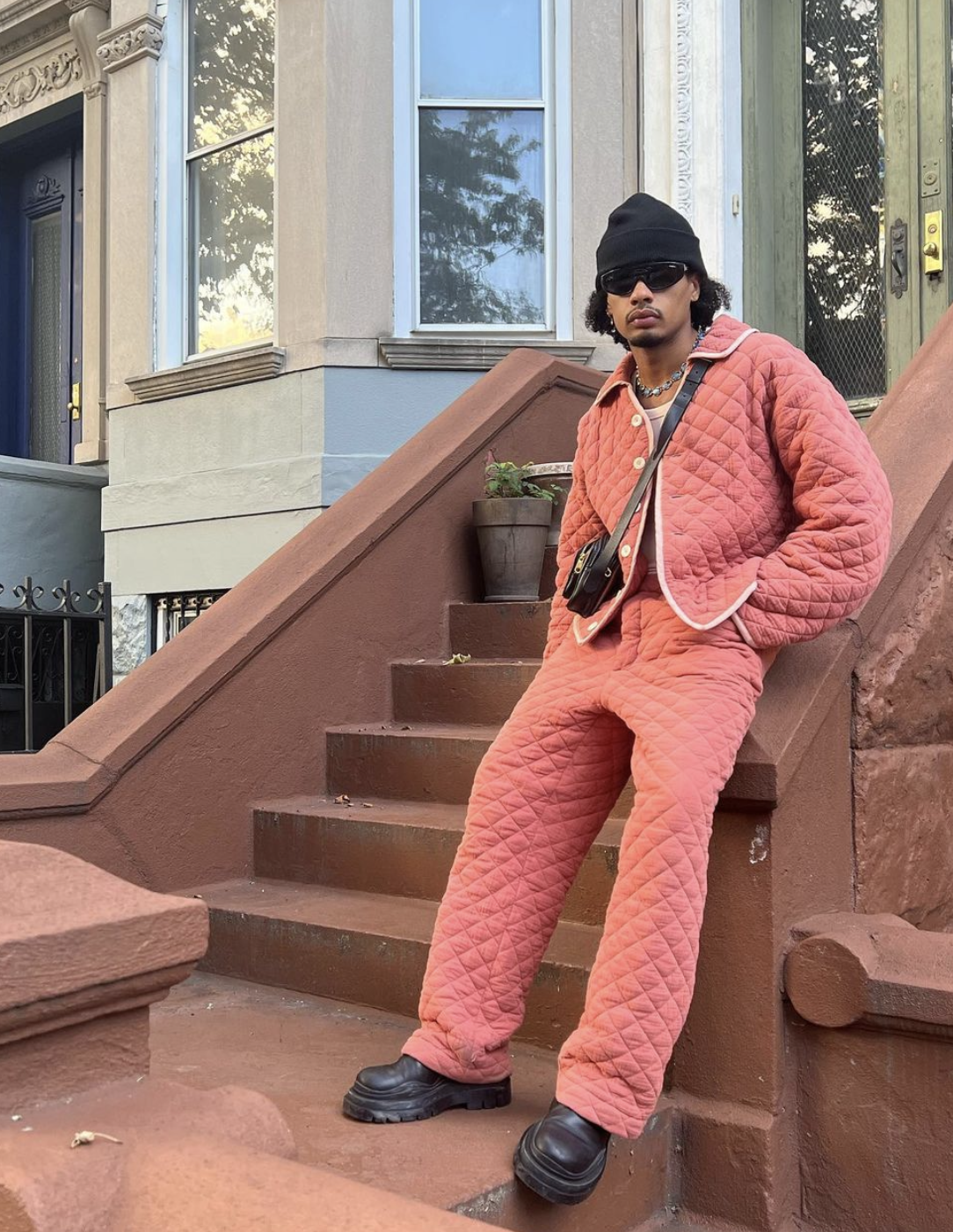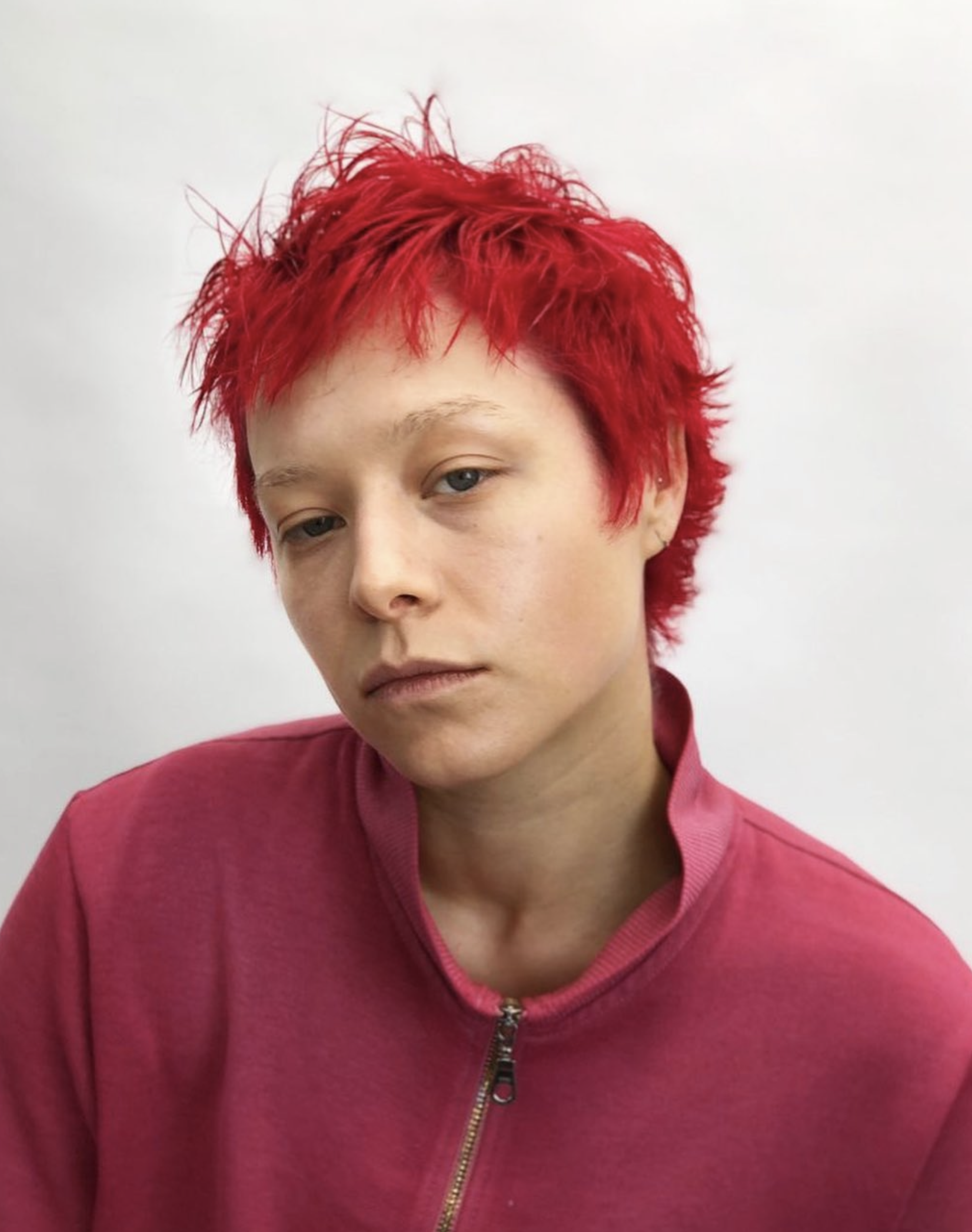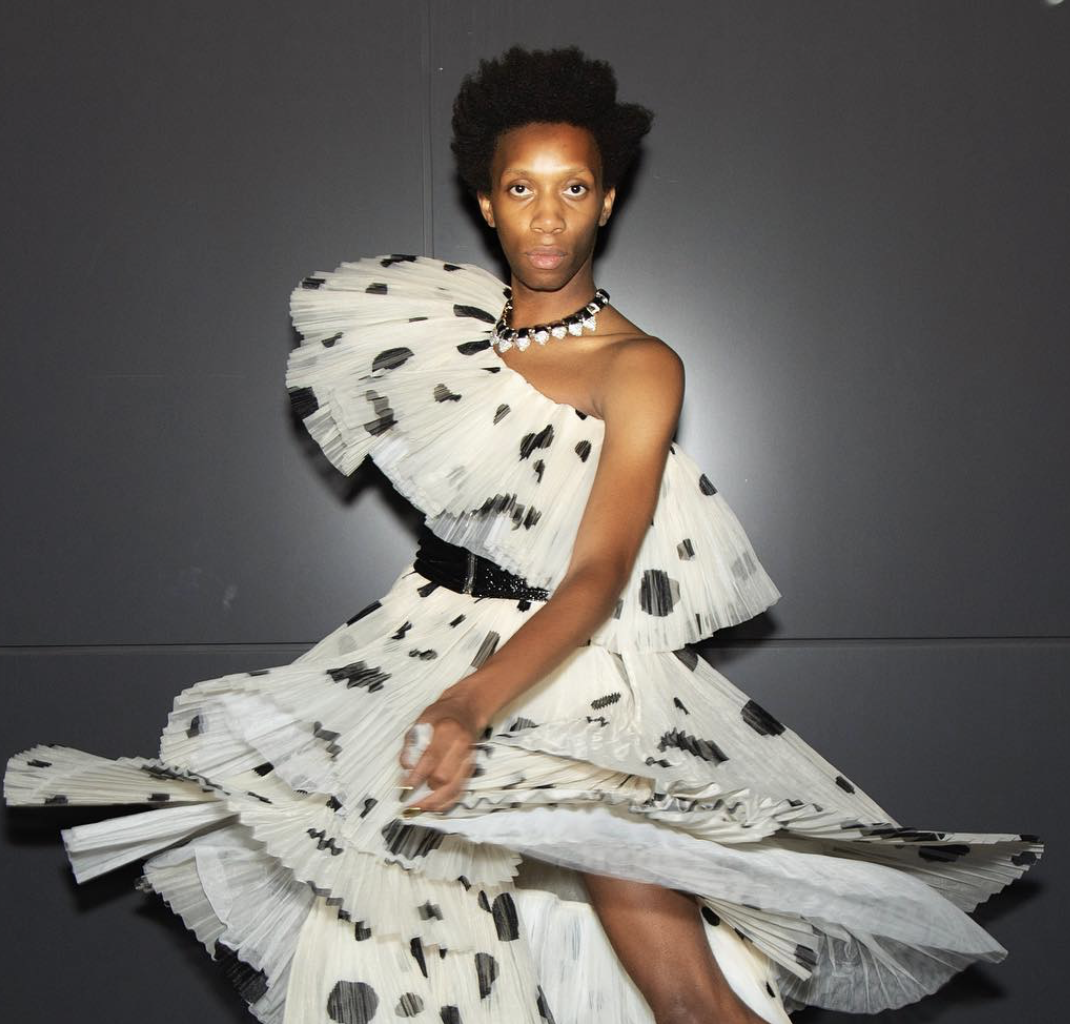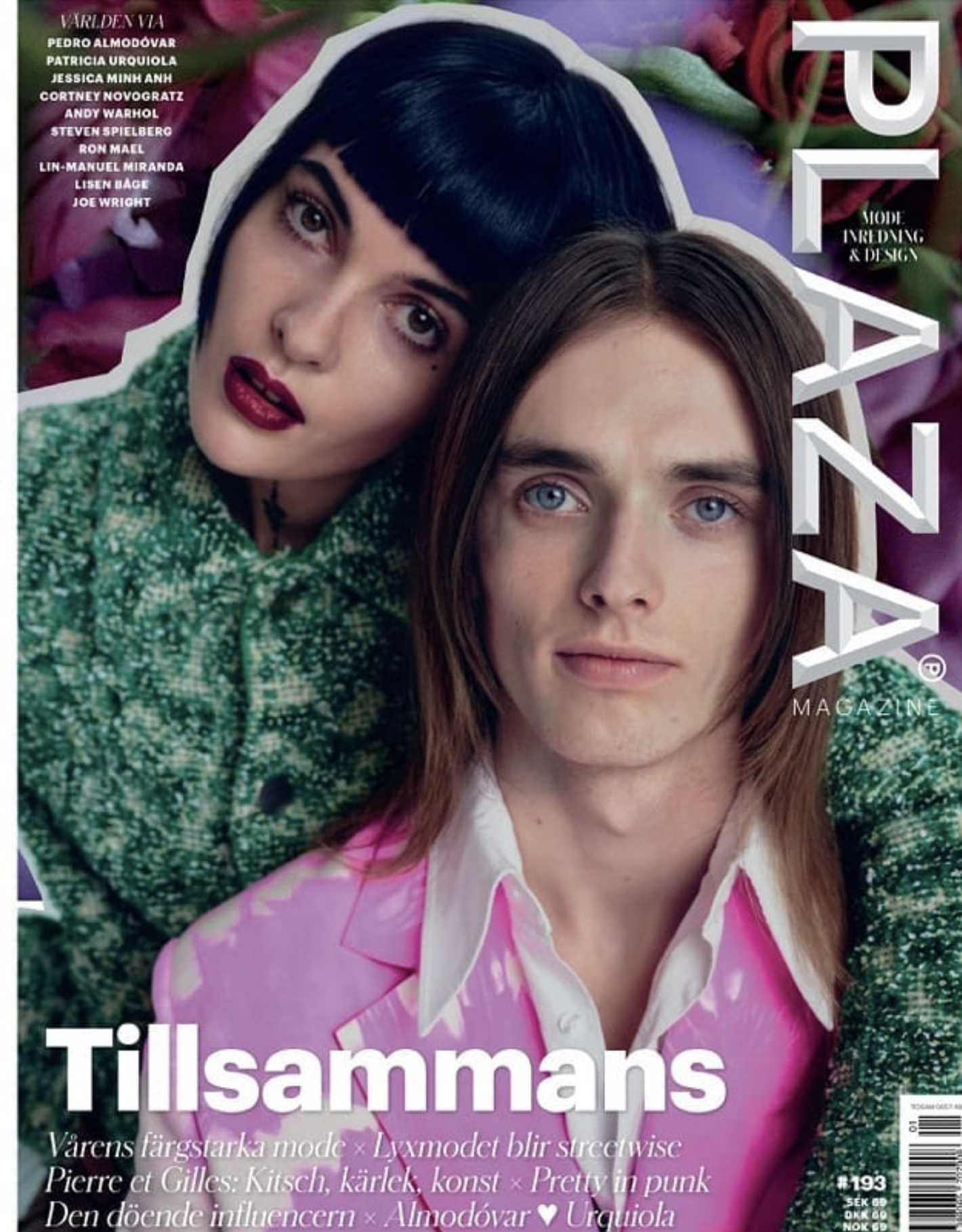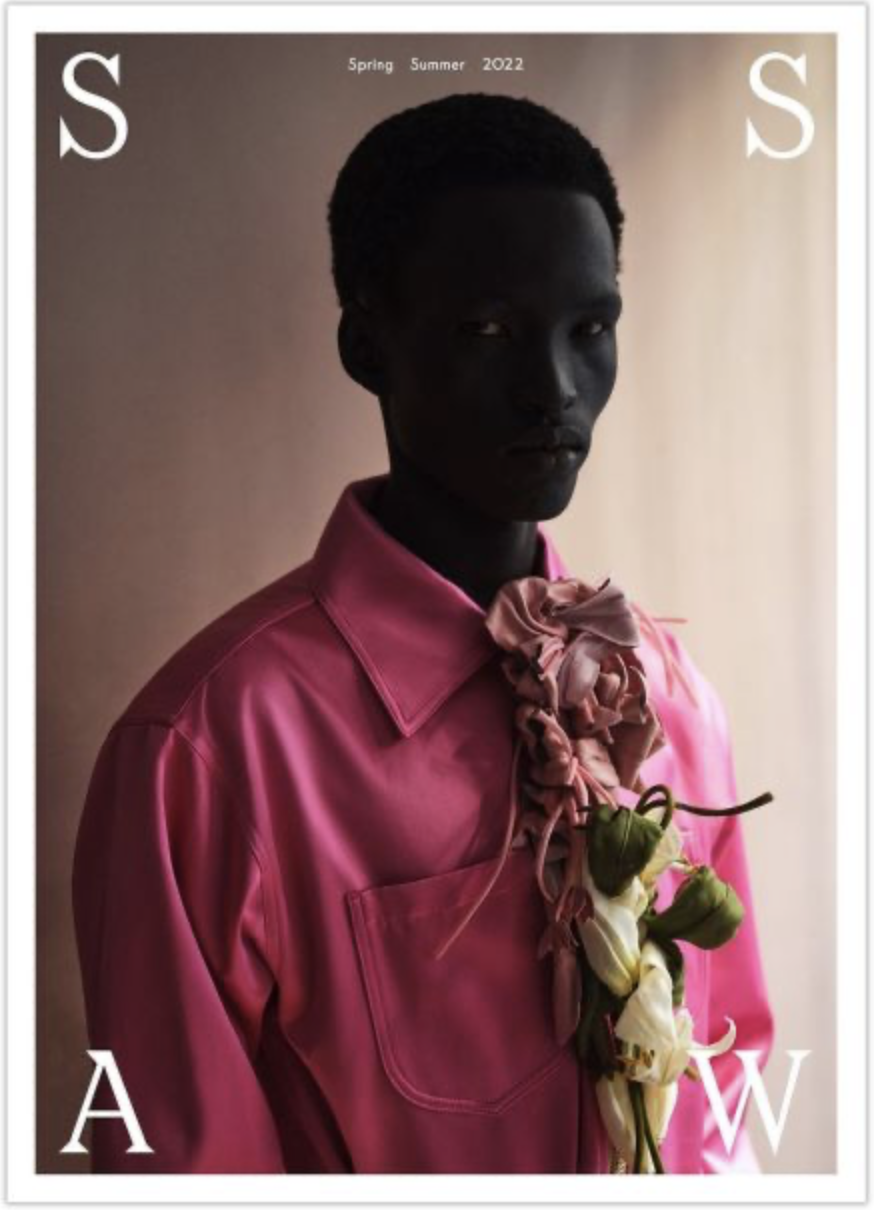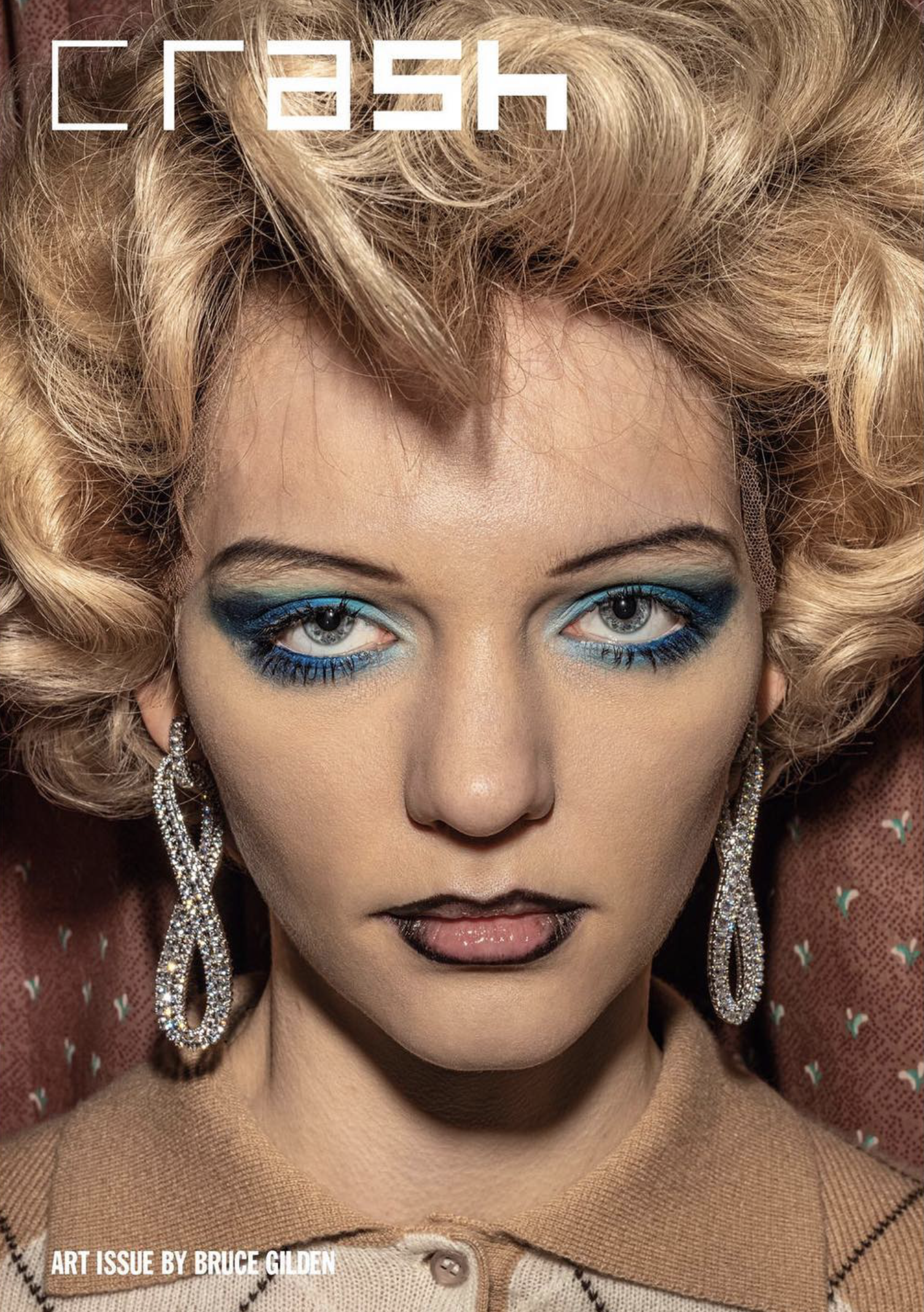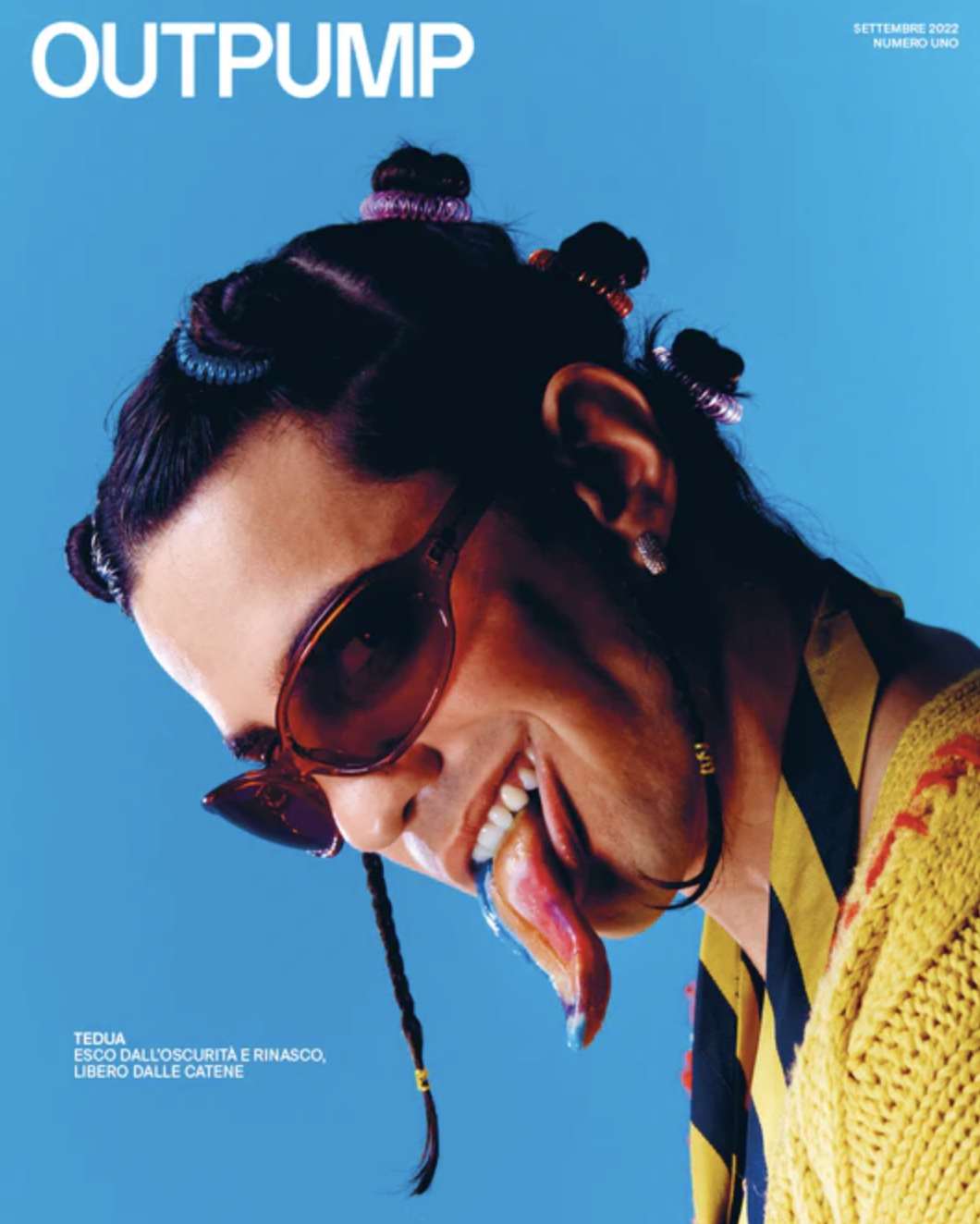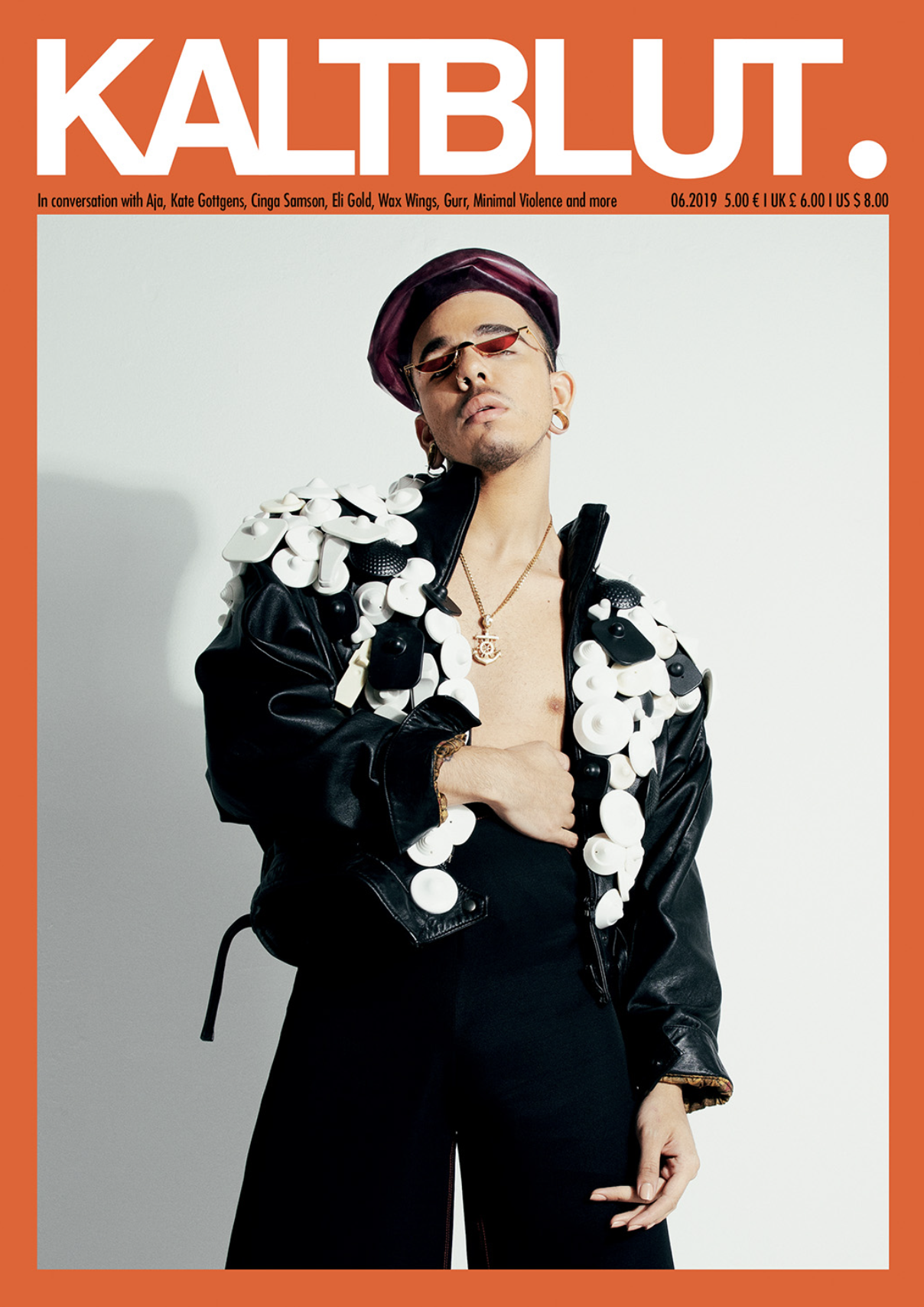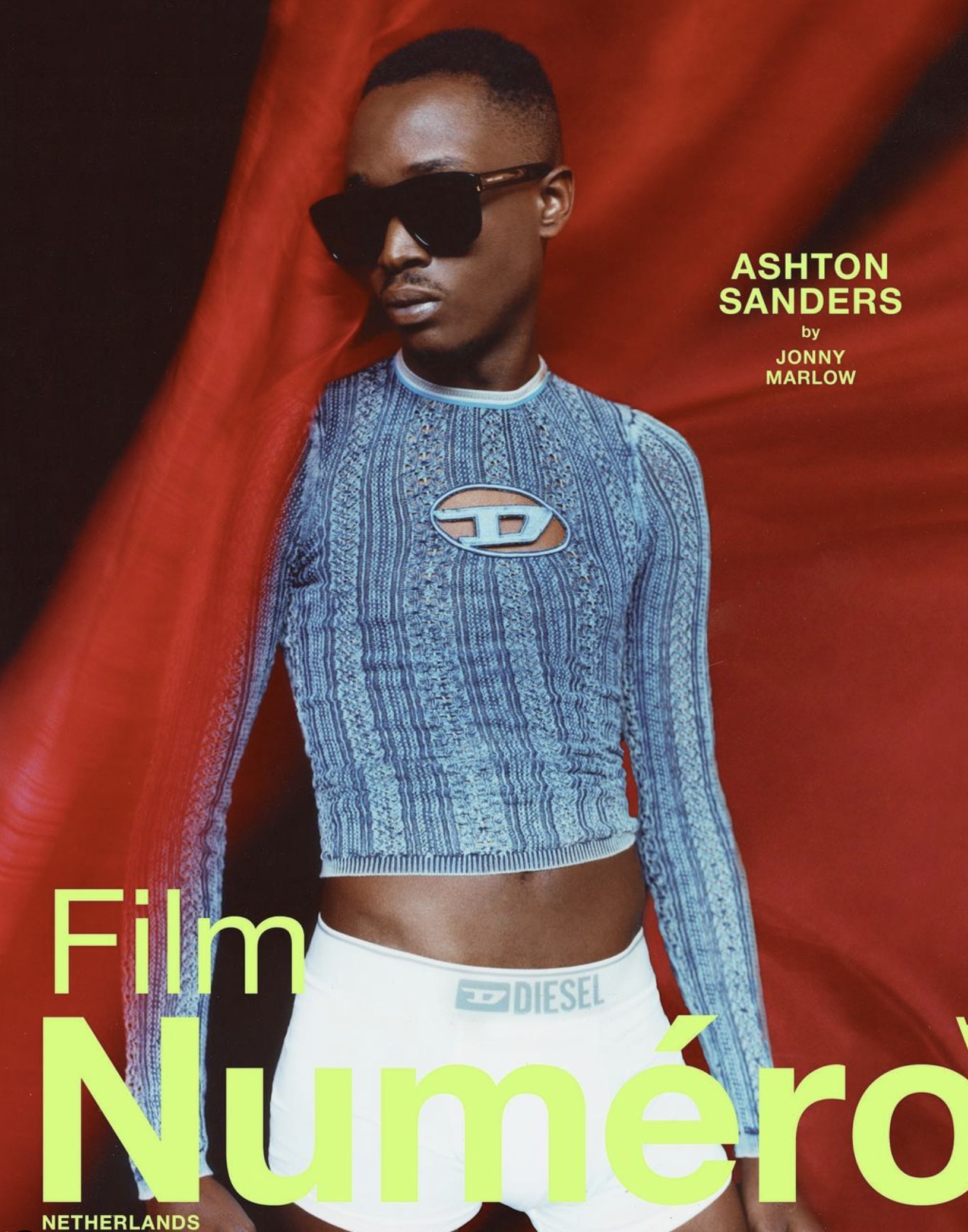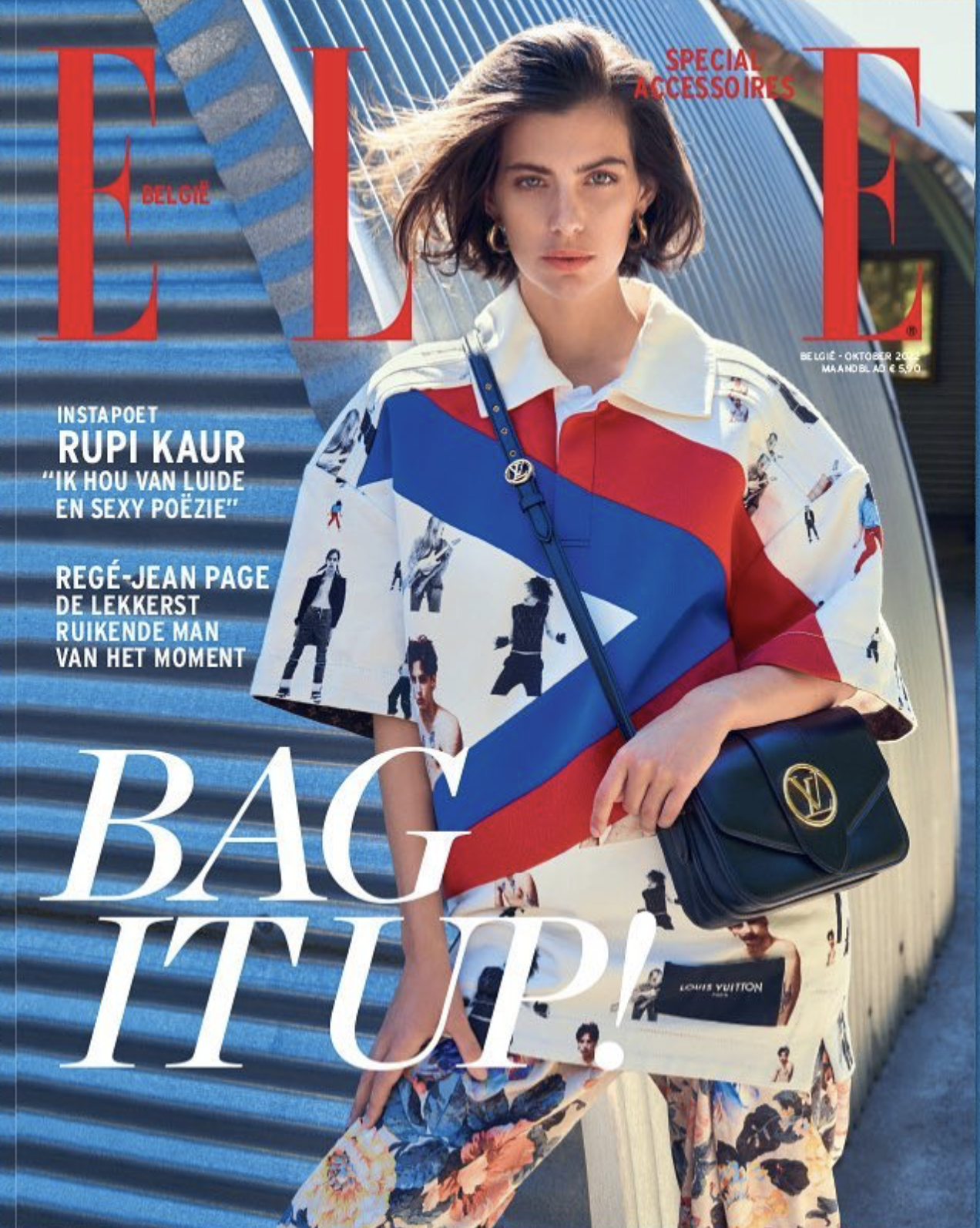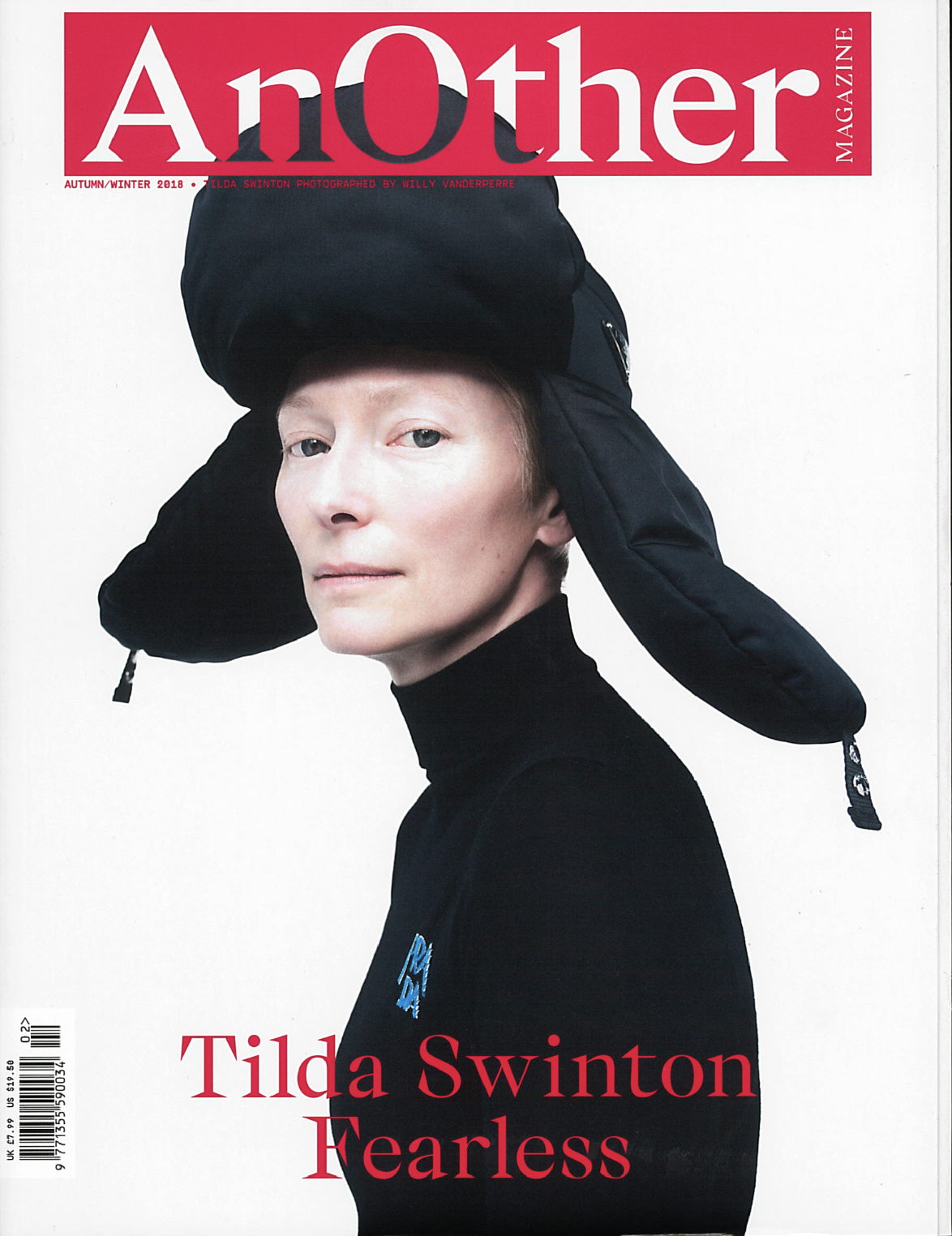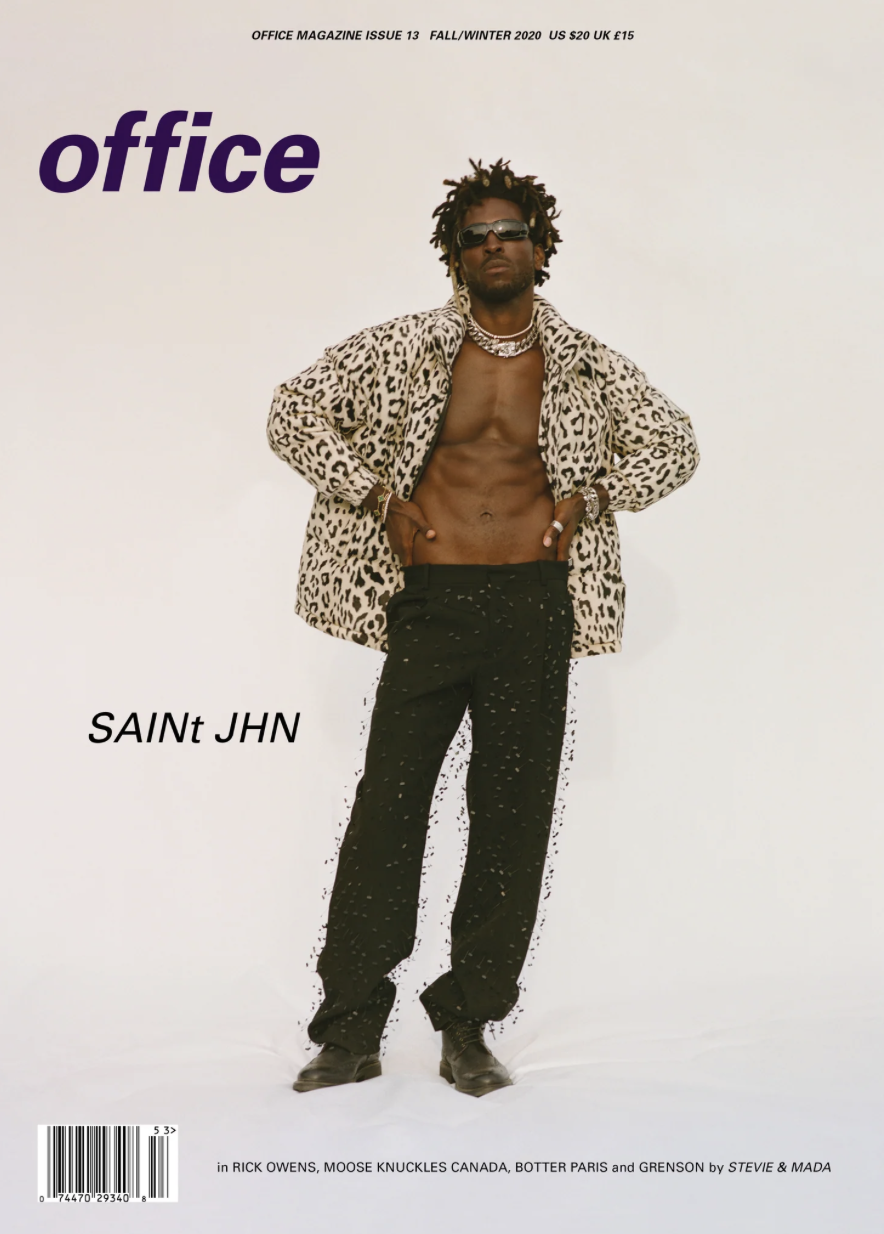Gender-fluid fashion is not a trend, it’s a reality
As attitudes towards gender continue to evolve, so is the fashion industry’s approach to gender-fluid fashion, creating a more inclusive and diverse fashion landscape. In the coming years, we can expect to see more and more of this. Gender-fluid fashion is gaining greater traction amid consumers’ changing understanding of gender identity and expression. For many brands and retailers, the blurring of the lines between menswear and womenswear will require rethinking their product design, marketing, and in-store and digital shopping experiences. This article will provide you with an understanding of why gender-fluid fashion is no longer just a trend, but a reality.
VOCAST has spoken to an expert within the field: Thorn de Vries, who shares their view on gender-fluid fashion, and sheds light on strategies brands can implement. So, if you’re looking to dive into this important matter, this article is for you.
Meet Thorn de Vries
Thorn de Vries is a Dutch actor, drag king, and activist. Thorn, who is non-binary, played the first non-binary character in a Dutch TV series and, together with partner Mandy Woelkens (Editor-in- Chief of Linda Meiden), wrote the book “FAQ Gender“. As a queer couple, they are asked a lot of questions about gender. With this book, they hope to answer the gender FAQ once and for all and to clear the gender-grey clouds. In addition, they have a podcast together called “Couplegoals” where they talk about a broad range of topics along with other couples.
Photo credit: Roeltje van de Sande Bakhuyzen
The shift toward gender-fluid fashion
The last decade has seen a shift in the fashion industry towards gender-fluid fashion. This shift is (partly) driven by evolving cultural and social attitudes toward gender. In recent years, many people have developed their understanding of gender identities, viewing gender as a spectrum, rather than a binary. Additionally, the growth of the Internet and social media platforms have allowed gender- nonconforming individuals to create communities and share their styles, which has further increased the visibility and normalization of gender-fluid fashion.
As Thorn tells us, “more and more people are realizing 1. there is more between man and woman, and 2. the oppression that comes with gender roles is something very relevant to everyone. For years, we’ve listened to the voices in our heads and those in society, telling us ‘what a man should wear’, or ‘how a woman should look’. The normative image created by the gender binary can feel very limited if you want to experiment outside these gender ‘boxes’.”
“A more open vision of fashion helped people think outside the box they thought they needed to fit in. Fashion is supposed to be fun. So more and more people are allowing themselves to have fun with fashion, and to not be restricted by gender norms.”
The importance of including gender-fluid fashion into brands’ collections
The shift that is happening is clearly not only visible on high-fashion runways, but also in everyday shopping, with online searches for “genderless” and “gender-neutral” fashion increasing year-on- year. The result is a growing demand for fluid clothing, from high-end couture to everyday basics and streetwear. According to research conducted by fintech company Klarna, around 50% of Gen-Z globally have purchased fashion outside their gender identity, and around 70% of consumers say they are interested in buying gender-fluid fashion in the future, with younger generations leading the way. Consumers in North America, Europe, Japan, and South Korea, among other locations, are expected to be the most receptive to gender-fluid strategies from fashion brands.
Moreover, it’s important for brands to be inclusive, and as Thorn says, being inclusive to all genders contributes to that. Thorn explains it in the following way: “Thinking about ‘who can wear it’, ‘who can afford it’, ‘who has access to it’, ‘who fits it’, ‘who do we visually represent in our messaging’, etc. are all important questions that I think every company should ask themselves.”
“The fashion industry has the power to break down barriers, and create a new, more inclusive normal. So lead by example”.
Jonathan Anderson, creative director of Loewe and founder of label JW Anderson notably stated: “Gender-neutral is not a trend, it’s a reality. My whole philosophy is that you cannot tell people what to wear. You’re not allowed to say: I want this to be bought by a woman or by a man.” Thorn completely agrees with this: “My identity is not a trend. For centuries, in multiple cultures across the globe, there have been people that have had gender identities that are not exclusively man or woman. This is not a new thing. We’ve been around for a long time. But for some reason, we only seem to be talking about it right now”.
How to implement gender-fluid fashion into your brand-strategy
An easy first step would be to make your shopping experience, both physical and online, more inclusive. Having a well-designed floor layout will allow customers to gain a new perspective of “personal style.” A gender-fluid layout will present multiple options to the customer without labeling it as menswear or womenswear. Thorn tells us how they feel ‘betrayed’ if they want to order an item from a fluid collection from a certain brand, and at the checkout, have to check a box whether they’re a man or woman. They elaborate by explaining: “Brands could ask themselves: How do we address the subscribers of our newsletter? Is it necessary to have separate fitting rooms? Is there a gender-neutral toilet? Keep asking questions”.
On the design side, clothing brands could offer more gender-neutral items and lines. This means that men, women, and non-binary people can wear the same items without feeling restricted by gender norms. This can include things like oversized jackets, baggy trousers, and unisex t-shirts.
Additionally, fashion brands are likely to introduce more gender-fluid sizing systems, allowing for a wider range of clothing sizes and styles to fit a variety of body types. In terms of style, brands could lean more towards experimental looks – playing not only with the fits and tailoring of skirts, dresses, suits, and basics but also with textiles and embellishments of pieces.
Marketing-wise, brands should feature gender-fluid models and influencers in their campaigns, and work with editors and stylists who themselves are gender-non-conforming. Brands can benefit from using VOCAST’s curated list: “Androgynous Style”. This list contains male, female, non-binary & gender-fluid influencers, stylists, editors & publications who wear, style, and work with both women’s & men’s wear fluidly. With their large reach, these individuals can help brands reach a wider audience and create a more inclusive shopping experience.
Androgynous contacts across markets
Take a look at some of the top Androgynous contacts across markets, that can be found in VOCAST’s curated lists:
SIGN UP TO OUR NEWSLETTER
Get free knowledge on how to optimize your B2B marketing & new product releases.
RELATED POSTS
Mastering Sustainable Branding in Interior Design
In recent years, the appeal of trendy marble coffee tables, plush sofas, and finely designed lamps has captivated us all. While the interior design industry often embodies craftsmanship, it also has a less glamorous side: its environmental impact. This reality has...
Beyond the Aesthetic: The Emergence of Stylists as Influencers
In the realm of interior design, stylists, recognized for turning creative visions into captivating editorial and commercial projects, are increasingly emerging as key influencers on social media. The rise of digital platforms has substantially redefined their roles,...
A Closer Look at Copenhagen Fashion Week 2024: Insider’s Insight
Copenhagen Fashion Week is for many the culminating gathering of Scandinavian creatives. During the two weeks per year, one Spring/Summer edition and one Autumn/Winter edition, a global swarm of creatives flock around the Danish capital to get the details on the...

